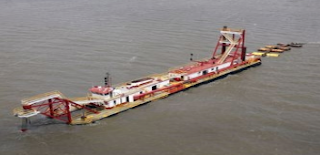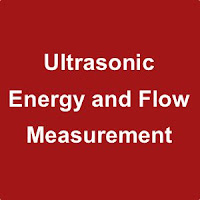 |
| Local Distributors and Reps provide great value when working on automated valve projects. |
Projects requiring engineered valve systems are best completed and accomplished through the proper selection and application of the valves, actuators, positioners, limit switches and other associated components. A great resource exists, ready to provide a high level of technical knowledge and assistance, that can be easily tapped to help you with your project - the valve automation sales professional.
Consider a few of the things the valve automation professional brings to your project:
Product Knowledge: Valve automation professionals are current on product offerings, proper application technique, and product capabilities. They also posses information on future product obsolescence and upcoming new designs. This type of information is not generally accessible to the public via the Internet.
Experience: As a project engineer, you may be treading on new ground regarding some aspects of your current valve system design assignment. There can be real benefit in connecting to an experienced and highly knowledgable source, with past exposure to your current challenges.
Access: Through a valve automation professional, you may be able to establish a connection to “behind the scenes” manufacturer contacts with essential information not publicly available. The rep knows people at the factories, a well as at other valve related companies, who can provide quick and accurate answers to your valve automation related questions.
Of course, any valve actuation or automation solution proposed are likely to be based upon the products sold by the representative. That is where considering and evaluating the benefits of any solution becomes part of achieving the best project outcome.
Develop a professional, mutually beneficial relationship with a local valve automation professional to make your design job go after, more efficiently, and more cost effective. Their success is tied to your success, and they are eager to help you.









